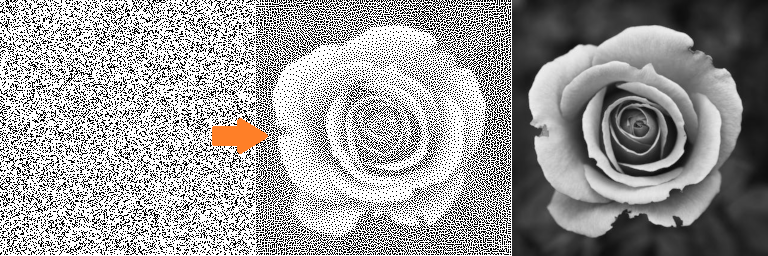Making Tiny Glade 🏰🌿
Rustacean 🦀 Torturer of GPUs 🔥
One half of https://pouncelight.games
Ex Embark, SEED, Frostbite, Creative Assembly
| 🙈 | http://h3.gd |
| he | him |
Making Tiny Glade 🏰🌿
Rustacean 🦀 Torturer of GPUs 🔥
One half of https://pouncelight.games
Ex Embark, SEED, Frostbite, Creative Assembly
| 🙈 | http://h3.gd |
| he | him |
It's not that often that you get to announce the future of GPU programming, but here we go -- I'll be talking about GPU work graphs in the "Advanced Graphics Summit" at GDC 2024: https://schedule.gdconf.com/session/advanced-graphics-summit-gpu-work-graphs-welcome-to-the-future-of-gpu-programming/903038
I'll be around at GDC until Thursday, if you want to say hello, catch up, question me about work graphs, or just take a walk, get in touch!
I wrote a little HLSL ray marcher while experimenting with contact shadows and lighting "reference mode" for Tiny Glade.
Here's the code if anyone's interested: https://gist.github.com/h3r2tic/9c8356bdaefbe80b1a22ae0aaee192db
I'm sure some will say that the orange and cyan looked better, and there's indeed nothing wrong with having such stylized looks 😄 It was all accidental though; those colors were emerging from a faulty image formation process.
We will need to revisit the lighting and grading in order to make it look a bit more exciting, but this time we have the necessary control and (more) sanity in the color pipe.
